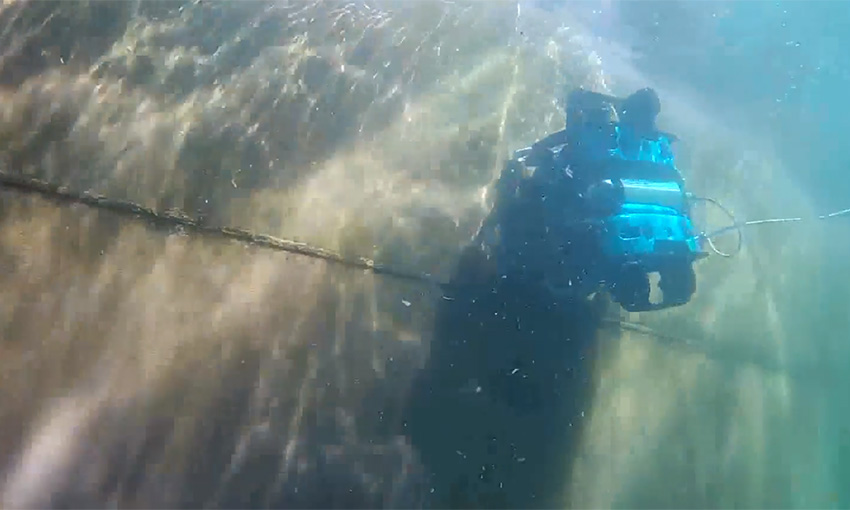THE Australian government said it would fund the modification of remotely operated underwater vehicles to make them fit-for-purpose for biosecurity surveillance.
The government said recent generations of ROVs are emerging as a capable and affordable tool to detect marine pests in Australia’s waters and on the underside of vessels.
Minister for agriculture, drought and emergency management David Littleproud said marine pests are great hitchhikers and can get into Australia by catching a ride on ships or other vessels coming into Australia, big or small.
“Australian government biosecurity agencies around Australia are already adopting ROVs as a surveillance tool and uptake continues to grow. ROVs are also being used by the aquaculture industry, port operators and marine researchers,” he said.
“New features have been added to ROVs, like high resolution video cameras, live streaming, sonar and sample collection devices. These additions transform ROVs into powerful biosecurity surveillance tools.”
Mr Littleproud said surveillance is critical to stop pests that could devastate Australian fisheries, aquaculture and our environment.
“The enhanced ROV models can quickly detect pests for relatively low cost, allowing rapid diagnosis and action to be taken,” he said.
“Cutting-edge technology like this helps keep our waters and aquatic industries safe from invading pests and diseases.”
Mr Littleproud pointed out that Australia has more than 250 non-indigenous marine species, many of which can have impacts on Australia’s unique environment, economy or way of life.
“Exotic underwater pests we want to keep out include the invasive Asian green mussel that can heavily foul man-made structures in ports after arriving by boat, as well as out-competing or introducing disease to native species,” he said.

